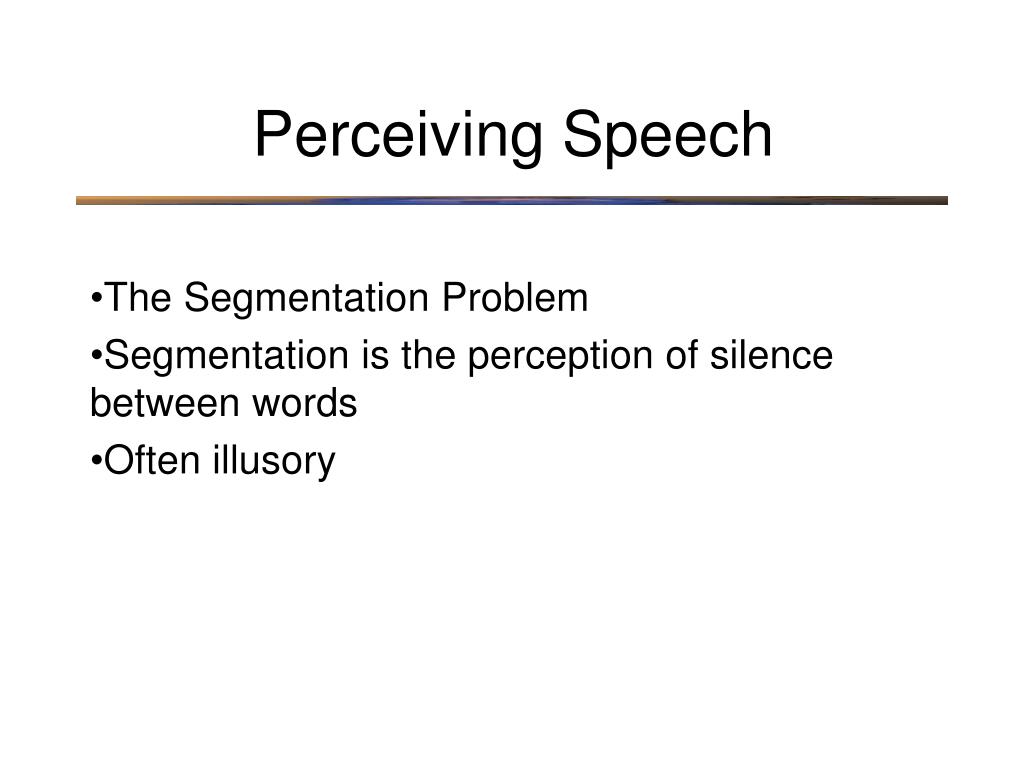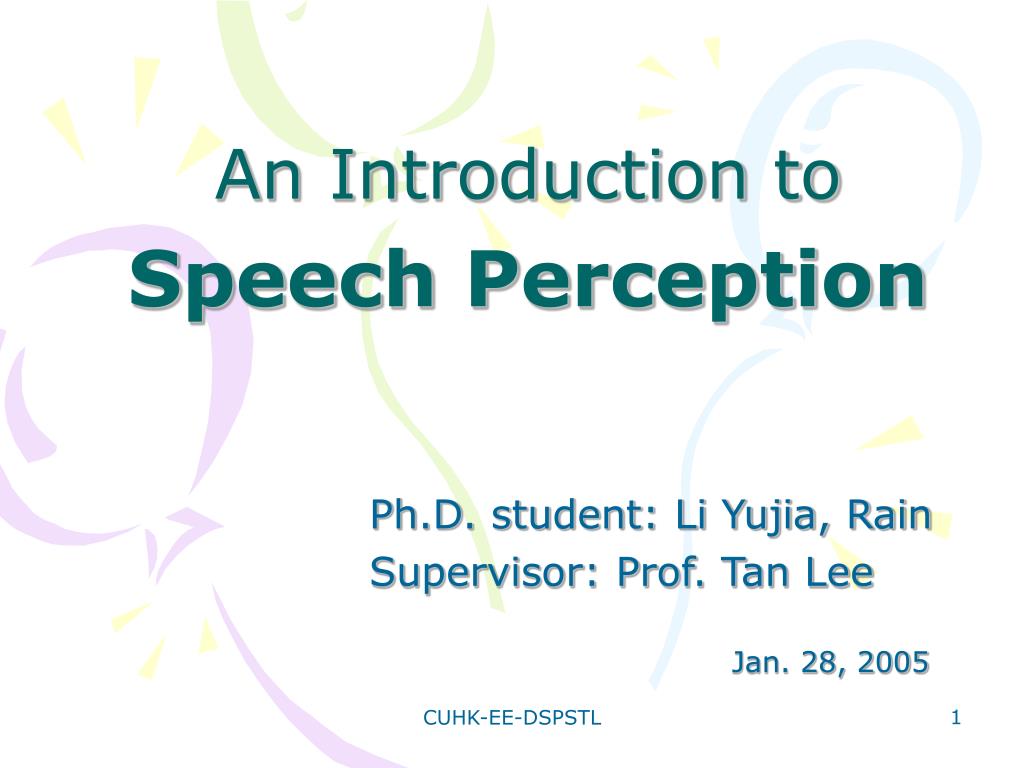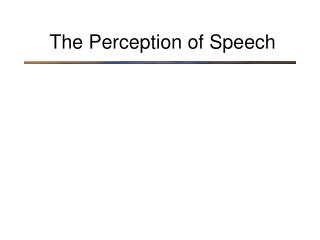

Mood and affect both relate to emotion, however, they are fundamentally different.Īffect represents an immediately expressed and observed emotion (e.g. Stilted speech: can be a manifestation of thought block (see below).It may also be a sign of acute intoxication. Slurred speech: may occur in major depression due to psychomotor retardation.Note the fluency and rhythm of the patient’s speech for abnormalities: Quiet speech may be seen in depression.Tremulous speech: associated with anxiety.Monotonous speech: associated with conditions such as depression, psychosis and autism.Excessive speech: associated with mania.Poverty of speech: associated with depression.Note the quantity of the patient’s speech:

Slow speech: may occur due to psychomotor retardation, typically associated with depression.Pressure of speech: a tendency to speak rapidly, motivated by an urgency that may not be apparent to the listener (often a manifestation of thought abnormalities such as flight of ideas, described later in the article).Pay attention to the patient’s rate of speech: Restlessness: the patient may continuously fidget, pace and refuse to sit still.Īssess the patient’s speech to identify abnormalities which may indicate underlying mental health issues.Psychomotor retardation: associated with a paucity of movement and delayed responses to questions.Observe for any evidence of psychomotor abnormalities: Does the patient appear on edge, fearful or glancing around the room? Psychomotor activity Note any evidence of exaggerated gesticulation or unusual mannerisms. standing up close to you) or withdrawn (e.g. Observe the patient’s body language, which may appear threatening (e.g. becoming tearful when discussing difficult topics vs laughing incongruously). Observe the patient’s facial expression (e.g. Observe the patient’s level of eye contact and note if this appears reduced or intense and staring. replying to auditory hallucinations in schizophrenia). Note if they appear distracted or appear to be responding to hallucinations (e.g. Note if the patient appears engaged in the consultation and if you can develop a rapport with them. Objects: look around to see if the patient has brought any objects with them and note what they are.Weight: note if they appear significantly underweight or overweight.Stigmata of disease: note any stigmata of disease (e.g.Physical signs of underlying difficulties: any self-harm scars or signs of intravenous drug use?.Clothing: are they dressed appropriately for the weather/circumstances? Are clothes put on correctly?.Personal hygiene: are there any signs of self-neglect?.

Observe the patient’s general appearance:

Observing a patient’s appearance and behaviour can provide information about their current mental state and risk. Our online platform, Wiley Online Library () is one of the world’s most extensive multidisciplinary collections of online resources, covering life, health, social and physical sciences, and humanities.You might also be interested in our OSCE Flashcard Collection which contains over 2000 flashcards that cover clinical examination, procedures, communication skills and data interpretation. With a growing open access offering, Wiley is committed to the widest possible dissemination of and access to the content we publish and supports all sustainable models of access. Wiley has partnerships with many of the world’s leading societies and publishes over 1,500 peer-reviewed journals and 1,500+ new books annually in print and online, as well as databases, major reference works and laboratory protocols in STMS subjects. Wiley has published the works of more than 450 Nobel laureates in all categories: Literature, Economics, Physiology or Medicine, Physics, Chemistry, and Peace. has been a valued source of information and understanding for more than 200 years, helping people around the world meet their needs and fulfill their aspirations.
Speech perception definition professional#
Our core businesses produce scientific, technical, medical, and scholarly journals, reference works, books, database services, and advertising professional books, subscription products, certification and training services and online applications and education content and services including integrated online teaching and learning resources for undergraduate and graduate students and lifelong learners. Wiley is a global provider of content and content-enabled workflow solutions in areas of scientific, technical, medical, and scholarly research professional development and education.


 0 kommentar(er)
0 kommentar(er)
